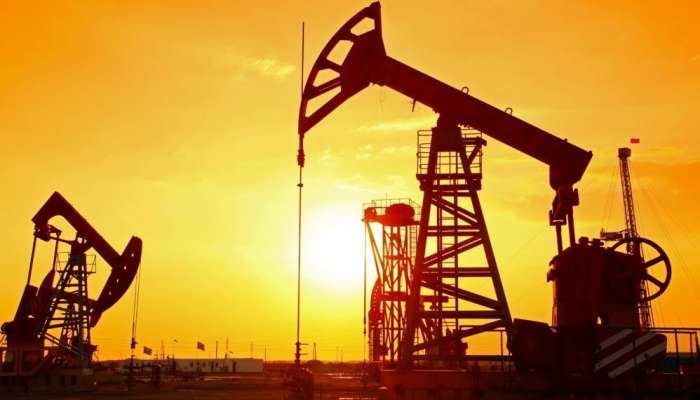
MUSCAT: Electro-enhanced oil recovery (EEOR) methods have the smallest carbon footprint, among which the electric current impulses method is the most economic.
As part of a pilot project in the Sultanate of Oman, the impulse electric current treatment was applied to marginal wells to increase oil production and encouraging results were discovered by the research team.
‘Enhancing oil recovery by electric current impulses well treatment: A case of marginal field from Oman’ was undertaken by a team of researchers, led by principal investigator Dr Svetlana Rudyk, Shell Chair at Oil and Gas Research Center of Sultan Qaboos University.
The research project was one of the 11 to have received the National Research Award, organised by the Ministry of Higher Education.
Explaining the project and the benefits, Dr Rudyk said: “Reservoir simulation and decline curve analysis were used to evaluate incremental oil production. In two of the three treated wells, oil production increased by 25 percent and 36 percent. Oil production also increased by 11 percent and 64 percent in two adjacent untreated wells.”
EEOR requires minimal surface facilities, no auxiliary equipment, downhole tools or hazardous materials. It does not stop oil production nor does it require pulling the tubing out of the well for placing the downhole tools.
The other benefit is that the period of treatment session is short, ranging from 12–24 hours leading to lower electricity consumption, 150–200 kW lower than for any other methods.
Prior to the abandonment of an oil field in Oman, treatment with the electric current impulses was applied to marginal wells to clean up the near borehole zone and improve well production characteristics. A total of seven wells were treated in pairs as cathode and anode in two successive electrical treatments, which were carried out with a difference of four months.
In the period after the second electrical treatment, only five wells were in operation. Two of them, wells No 5 and No 12 were treated in both electrical treatments. The results of electrical treatments were thoroughly analysed due to the overlap of simultaneous operations that could mask the effect of electrical treatment.
The incremental oil production compared to the forecast was evaluated using reservoir simulation and decline curve analysis.
In wells after the second electrical treatment, the increase in oil production rate (OPR) by 36 percent was in Well No 5 and by 25 percent in Well No 1.
There was no noticeable effect in Well No 12, probably because it was located at the very edge of the reservoir structure. The effect of electrical treatment was also observed in untreated nearby wells.
An increase of 11 percent in OPR was observed in Well No 23 and 64 percent in Well No 7.
The effect of the electrical treatment was also observed in the form of heavy oil and wax flowing in slugs from three treated wells, which increased the total consumption of demulsifier from 12 to 20 litres per day. The project demonstrated that EEOR method has great potential for cleaning the near wellbore space and increasing oil production.
Dr Rudyk stated that the research paper presented results of a full-scale oil field pilot project performed in the Sultanate of Oman by Hydrocarbon Finder Company in 2018, which purchased and assembled all equipment. She said that the method is cheaper, faster and more environmentally friendly than other methods.
Dr Rudyk mentioned that the practical application and evaluation procedure for this pilot project were tested and have proved its effectiveness.
She said that ‘the method can be further tested in other fields in Oman’.
Dr Rudyk said that more scientific research should be done to further develop this method in Oman. “For that, the laboratory setup should be built for proper investigation of the influence of electric impulses to adjust this EEOR method to the rocks and conditions of oil field of Oman,” she said.
The research project was published in respected Fuel journal. Besides Dr Svetlana Rudyk, the other members of the team were Dr Usman Taura, researcher at Oil and Gas Research Centre of Sultan Qaboos University, and Mohammed Al Jahwary, former CEO of Hydrocarbon Finder.
Dr Rudyk thanked the Ministry of Higher Education for awarding the team with the National Research Award. “We are proud of the work done and grateful for the award. This honour is an incredible recognition, and we are deeply humbled by it. The National Research Award will draw more attention on this method and help in dissemination of the information about the results to enhance the awareness of the possibility to apply it in a broader scale in Oman.”